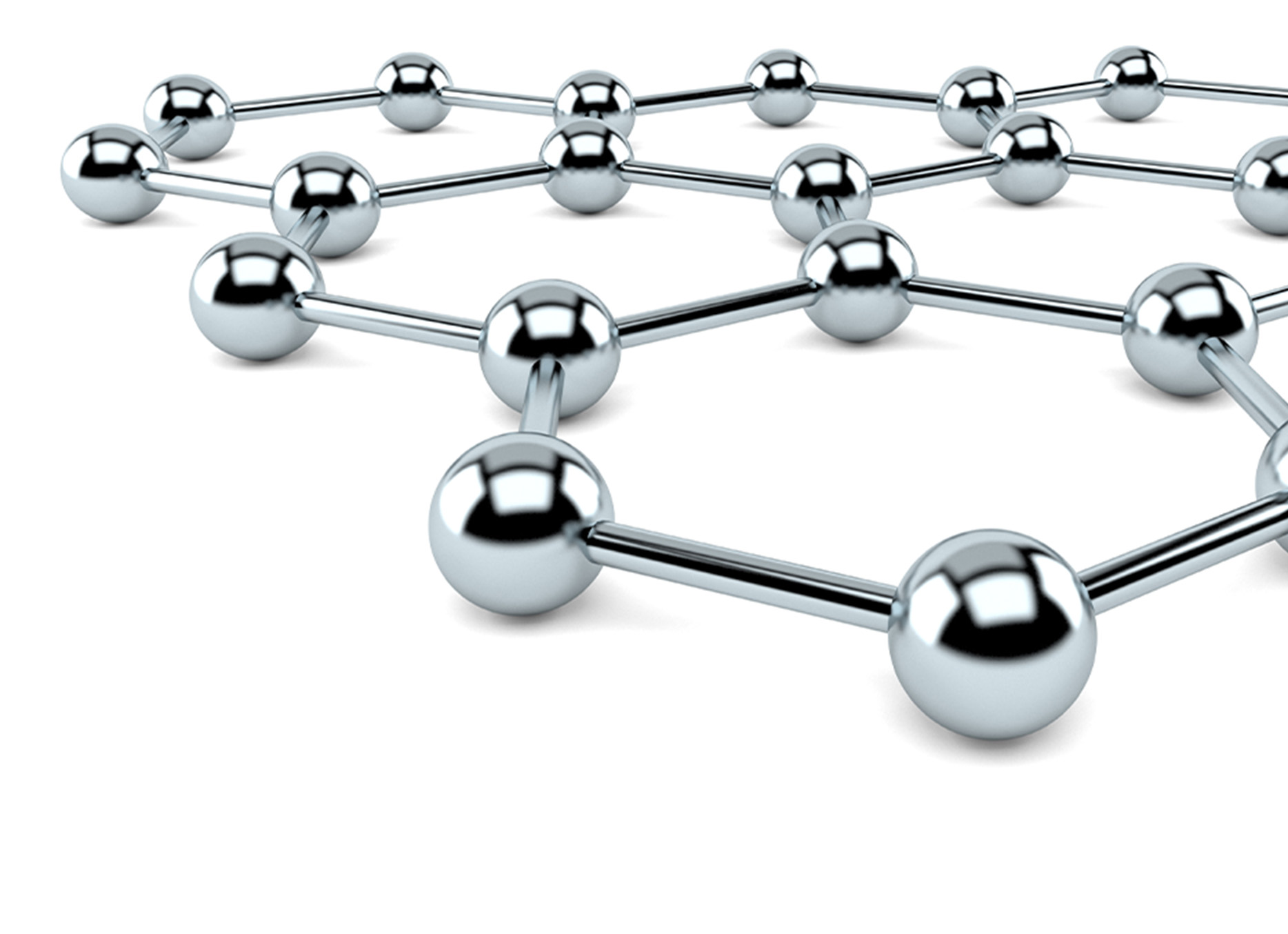Our Commitments
HEALTH & SAFETY
Graphene is considered as a “miracle material” that can enhance the properties of another material once associated with it. As a graphene producer and leader in the implementation of graphene in daily-life materials for several applications, BLACKLEAF is fully aware of all discussions and decisions regarding the status and the use of graphene. It recognizes there is lack of information between different types of graphene on the market to better assess the potential toxicity of the material.
BLACKLEAF has taken actions to offer clear and concise information by not only properly characterising its graphene products, but also assessing its possible toxicity. Moreover, BLACKLEAF is part of standards expert groups on Nanotechnologies and Graphene for AFNOR .
TOXICITY ASSESMENT
The possible toxicity of nanomaterials has been a concerned since their discovery. According to the 2011 European Commission, graphene is considered as a nanomaterial, due to the nanometric size of its sheets thickness. Hence, the possible toxicity of graphene and graphene-based materials has been investigated. In 2018, the Graphene Flagship program released a review article on the safety assessments of graphene-based materials. Initial studies suggest that graphene, is safe for long-term occupational exposure in lungs, but inhalation of graphene oxide should be avoided. In addition, the report highlighted the importance of collecting data on the safety and biocompatibility of graphene-based materials as well. BLACKLEAF has acted on these recommendations and initiated voluntary toxicity assessments of its graphene suspensions for cytotoxicity and genotoxicity. These tests are crucial to guarantee BLACKLEAF clients on health safety, as well as the harmless nature of its graphene for the environment.
normalisations groups REPRESENTATION
Normalisations regarding graphene are still under discussions. Theses includes the classification of graphene materials according to its type, form and size, its characterisations according to its synthesis and preparation.
As a graphene producer, BLACKLEAF is also a leading actor in the normalisations of graphene by taking an active part in the normalisation discussion and decision groups for nanotechnologies and graphene.
In particular, BLACKLEAF is part of the 3 groups below:
– CN AFNOR X457 Nanotechnologies
– GE Graphene and GE Characterisations
– ISO/TC 229/JWG 2 Measurement and characterization[C5]
SAFE AND SAFETY PRODUCTION
BLACKLEAF produces solvent-free water-based suspensions of Few Layered Graphene (FLG) by exfoliating graphite. This is done by using a green and cost-effective approach. By modifying the chemical structure of the graphene surface, BLACKLEAF’s graphene can be deposited/coated onto all type of surfaces, or dispersed in other media, such as other aqueous and organic solutions or in polymer matrices. Therefore, graphene particles are completely immobilised and render their inhalation avoidable.
BLACKLEAF’s water-based synthesis allows on one hand to protect its client from being in direct contact with graphene particles, and on the other hand assure the security of BLACKLEAF engineers and technicians by not having to handle heavy hazardous products during graphene production.
BLACKLEAF also provides Safety Data Sheets according to its product, coupled with technical data sheet with detailed instruction on how to handle their products, as well as discarding them.
LIFECYCLE ASSESMENT
Life Cycle Assessment (LCA) is a scientific method based on international standards ISO 14040[1] et ISO 14044 [2] used to quantify the environmental impacts of a product throughout each phase of its life cycle.
The most studied impact is “climate change”, also known as “carbon footprint”. With its ecofriendly production of graphene dispersed in a 98 % water-based and solvent free solution, BLACKLEAF continues to take action for the environment. We are currently conducting a study to measure our CO2eq emissions in order to integrate the results into graphene carbon footprint.
Graphene LCA is achieved by considering a “cradle to gate” approach. This means that all phases of graphene production, from raw materials extraction and treatment, their transport to the laboratory and the final product manufacturing processes at BLACKLEAF, are considered in this assessment. The system ends with the finished product which is when the FLG suspension is ready to be packed or integrated in some applications developed in our premises.
Our LCA does not include the use and the end-of-life phases because these will depend on the graphene applications of our clients. Indeed, the solution we provide is a product that can be combined with different materials to improve their properties.
Last but not least, the addition of this miracle material can reduce the amount and cost of other materials in the final composition of your products. By doing so, it can reduce your product’s global carbon footprint, while preserving or improving its performances.
LCA is a powerful tool to compare traditional systems with innovative graphene-based products. It will be possible to measure the positive impacts of choosing BLACKLEAF graphene.
REFERENCES
[1] ISO 14040:2006 – Environmental management – Life cycle assessment – Principles and framework
[2] ISO 14044:2006 – Environmental management – Life cycle assessment – Requirements and guidelines
[3] ICCA, International Council of Chemical Associations. An executive guide – How to Know If and When it’s
Time to Commission a Life Cycle Assessment. Mars 2010

